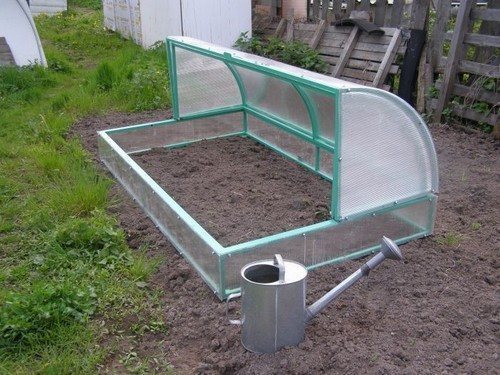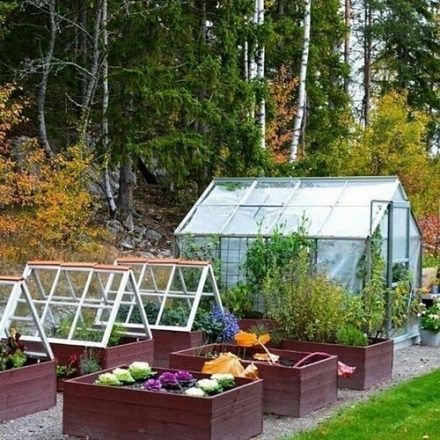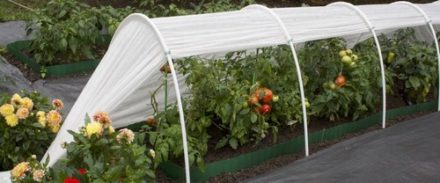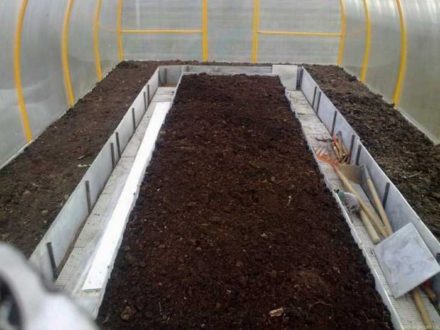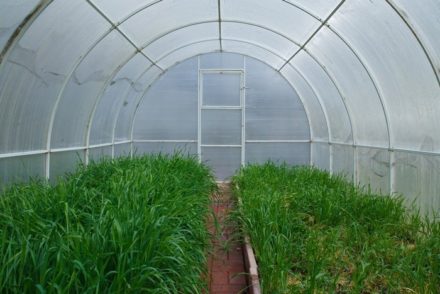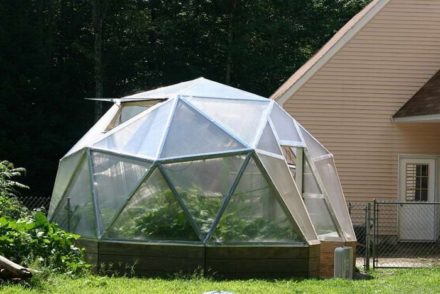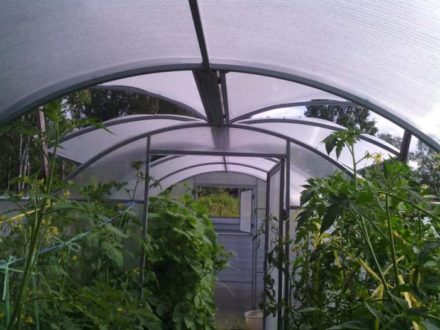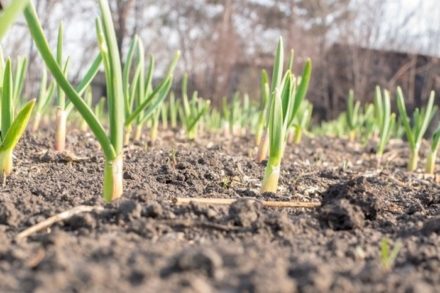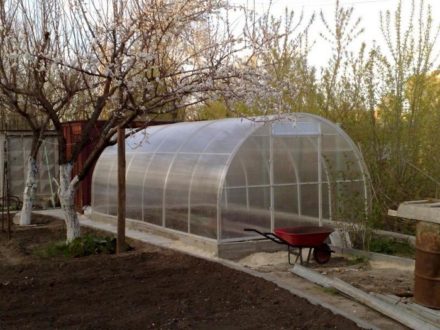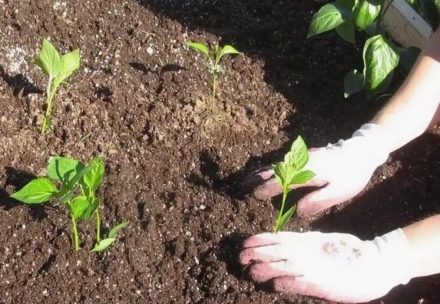You can increase the productivity of garden crops in different ways, but one of the most effective is to install a greenhouse or greenhouse. These are structures used to protect the soil and the plants themselves from adverse environmental factors. Both designs help increase yield, but there are some differences between them. Let's consider the features of these buildings, and also determine the differences between them.
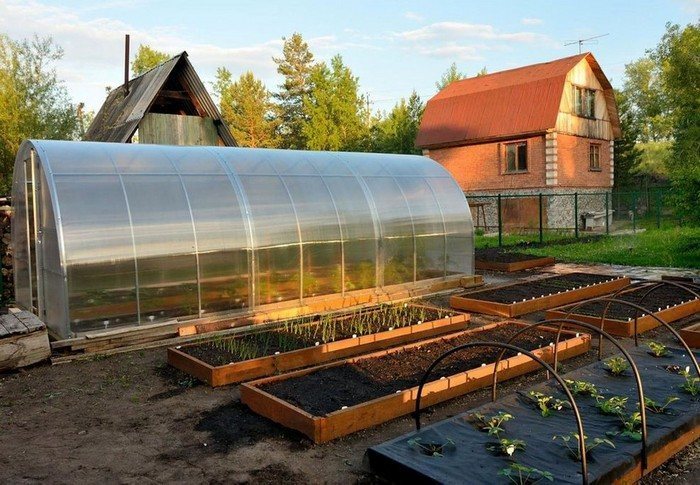
What is a greenhouse
A greenhouse is a small building with a height of up to 1.3 m, without doors. The frame of the structure can be wooden or metal. As a rule, the greenhouse is not additionally heated and is heated only by the sun or biofuel (heat released during the decomposition of manure and humus). To get into such a structure and gain access to the plants, it is necessary to remove part of the film.
Greenhouses can be stationary or portable. But at the same time, both types are used most often for growing seedlings, rather than adult crops. Portable structures, as a rule, serve for the temporary residence of newly planted seedlings or heat-loving plants when weather conditions do not yet allow them to be planted in open ground. Inside the structure, the air heats up faster, and the heat is maintained around the clock, which helps protect the seedlings from light frosts.
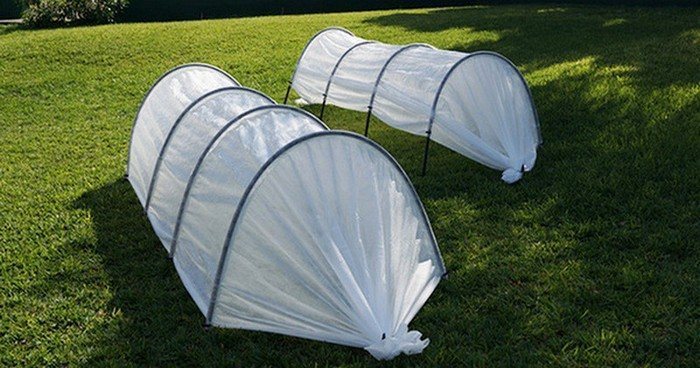
What is a greenhouse
A greenhouse is a fairly solid structure. It is about 2.5 m or more high, so a person can move around in it freely. There are also larger structures that allow agricultural machinery to pass through them without hindrance. But such options are more suitable for greenhouse farms than for small plots and summer cottages.
Heating in a greenhouse structure can be both natural and artificial. Modern equipment automatically sets a comfortable level of temperature and humidity. In greenhouses with an artificial heating system (gas, electric or wood), you can grow crops all year round.
The main feature of a greenhouse is the ability to organize heating. Of course, due to this, it will cost more to build, and its further use will be accompanied by certain expenses, but with its help you can get a good harvest. Moreover, some types of structures allow you to grow many crops even in the cold season. 5 differences between a greenhouse and a hothouse
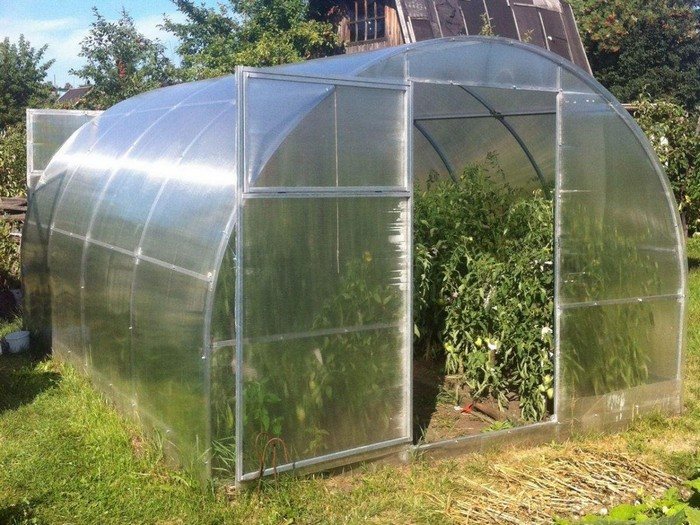
Considering the characteristics of a greenhouse and a hothouse, we can list 5 differences between these structures:
A greenhouse is heated mainly by artificial heating, while a hothouse is heated only by natural (biological) heating.
- Greenhouses almost always have doors and windows, while a hothouse does not have such elements.
- A hothouse is most often a temporary stationary structure or a portable structure, while a hothouse is installed for more than one season.The greenhouse is a fairly solid structure. It has a height of about 2.5 m or more, so a person can move freely in it. There are structures of larger sizes that allow agricultural machinery to pass inside them without hindrance. But such options are more suitable for greenhouse farms than for small plots and cottages.
- Spring disinfection of the greenhouse after tomatoes: how not to leave the infection to new plants
- Heating in a greenhouse structure can be either natural or artificial. Modern equipment automatically sets a comfortable level of temperature and humidity. In greenhouses with an artificial heating system (gas, electric or wood), crops can be grown all year round.
- The main feature of the greenhouse is the possibility of organizing heating. Of course, due to this, it will cost more during construction, and its further use will be accompanied by certain expenses, but with its help you can get a good harvest. Moreover, some types of structures allow you to grow many crops even in the cold season.
Taking into account the considered characteristics of a greenhouse and a greenhouse, we can cite 5 differences between these structures:
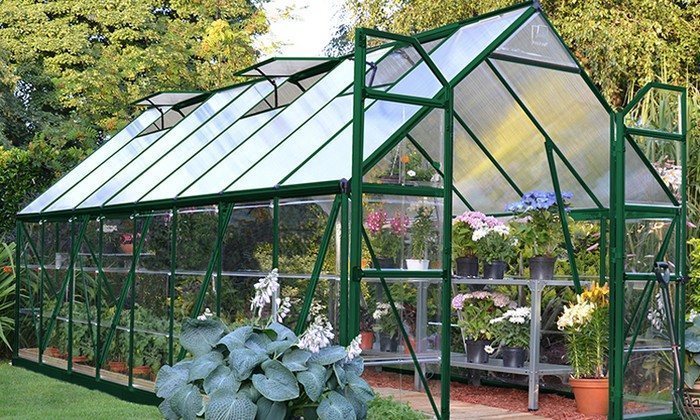
The greenhouse is heated primarily by artificial heating, while the greenhouse is heated only by natural (biological) heating.


